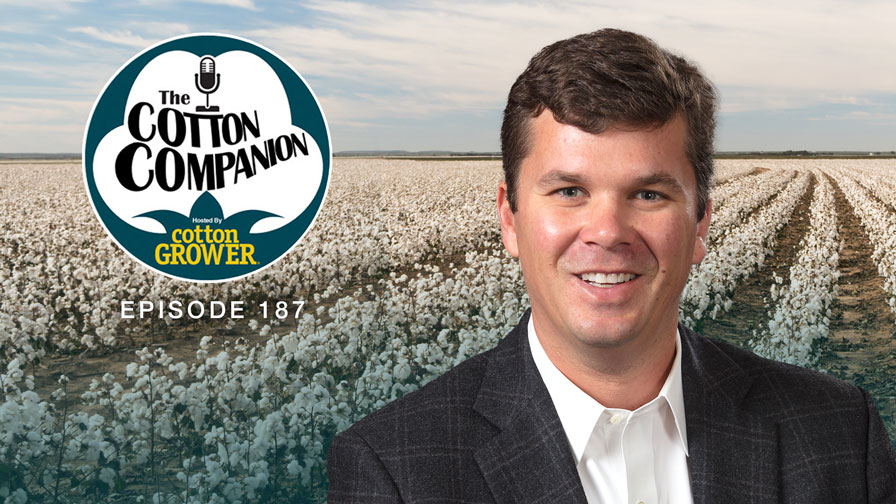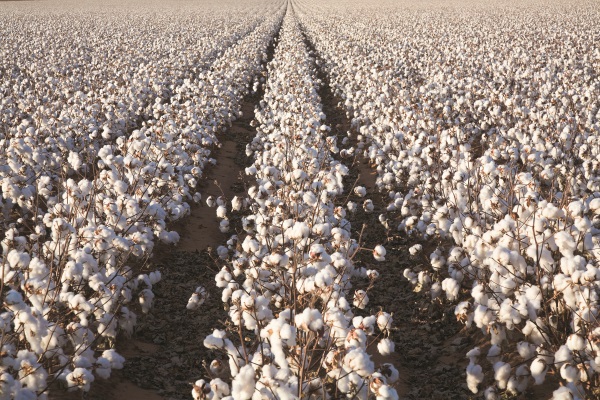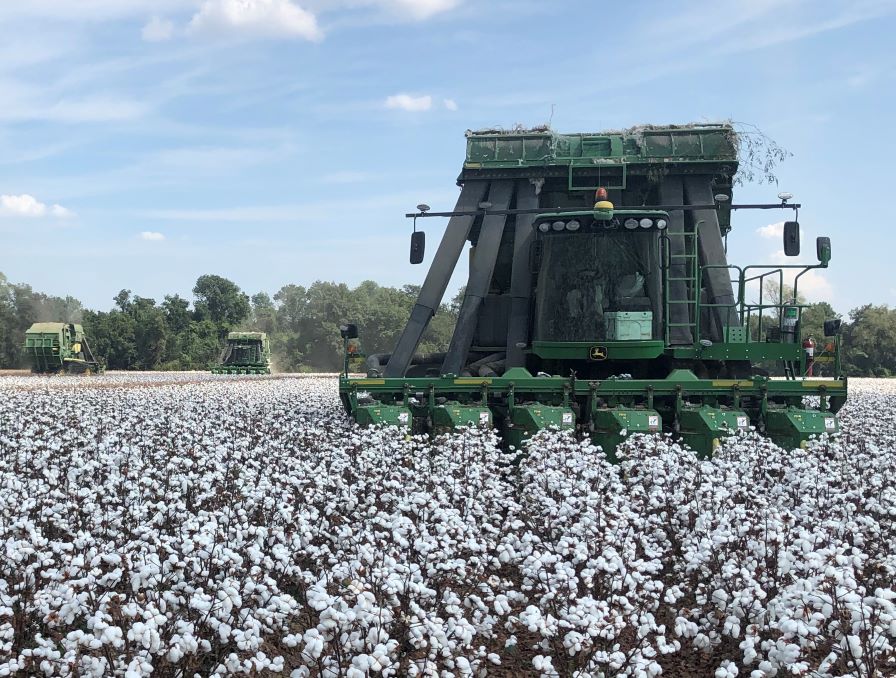Bangladesh Textile Market Growing With Demand
Bangladesh has a glorious background in producing the world’s finest quality yarn and woven fabrics known as “Moslin Cloth,” which were entirely made by local specialized artisans. In the 16th and 17th centuries, the world famous Moslin Cloths were produced by weavers in Bangladesh around Dhaka, where the required fine quality raw cotton for manufacturing those finest fabrics was cultivated.
These Moslin Cloths were so fine that 5 yards of cloth could be kept in a match box easily. Those Moslin Cloths were desired by Moghol Emperors, landlords and even members of the British Empire for their fineness. The glory of the Moslin Cloths of Bangladesh now has its place in history, as it was destroyed later for political reasons. Bangladesh’s cotton industry, however, continues to grow.
After gaining independence from Britain in 1947, Pakistan was divided into two parts, the east and west. The rulers of Pakistan were from the western part, and they focused their efforts to increase the textile industries in that area, which is today’s Pakistan. The eastern territory was neglected by Pakistani rulers, and textile industries were not established there.
In 1971, the eastern part of Pakistan became the sovereign state of Bangladesh. At that time, Bangladesh had only a few composite cotton mills situated at Narayanganj and Chittagong, but their productions were very negligible compared to huge demands of the local market.
In 1980, Readymade Garment (RMG) factories began to flourish and became the highest foreign currency earning sector of Bangladesh, maintaining a vital role in Bangladesh’s economy. Wanting to compete in the world market, the Bangladesh government and business segments invested in and developed backward linkage industries to feed the RMG sectors. Considering the population, the local market required at least 200 million meters of fabrics, of which only about 100 million meters of fabrics were produced in Bangladesh. Since then, the local business communities have been setting up mills rapidly. In 2005, the total number of spindles rose to about 5 million, producing more than 700 million kilograms of yarn per year.
Technology Spurs Textile Output
The spinning mills continue to increase tremendously to meet the requirement of the RMG sector and the hand- and power-loom sectors, which have been increasing rapidly around the area of Narsingdi, Tangail, Sirajganj, Kustia, Barisal and Faridpur. These places have become famous for producing domestic consuming products like shawls, sarees, lungis, bed sheets and gamchha (local towel). These hand- and power-loom sectors are producing more than 100 million meters of cloth annually. Under the Rural Electrification Program by “Palli Biddut Sangstha,” the hand-looms are being gradually converted to power-looms and thus production capacity is increasing rapidly to meet the demands of population growth.
Apart from increasing power-looms, the RMG and knitting sectors are also developing rapidly in Bangladesh. The volume of knitting industries increased about 10 times faster than the pre-liberation period, and it is continuing to grow simultaneously with the demand of RMG sector. Currently, there are about 2,500 knitting units, producing about 1,500 million meters of fabrics per year. Accordingly, consumption of yarn by the knitting sector is also increasing rapidly which ultimately encourages entrepreneurs to set up new spinning mills quickly to meet the huge demand.
Besides this sector, the yarns of local spinning mills are also used in many weaving factories, which produce about 700 million meter fabrics per year. These fabrics are mainly used in the domestic market, but some of their special quality fabrics which are made per specific order are used by the garments factories, especially when some garments buyers place an order without supplying fabrics from abroad.
Contribution of textile sectors to the GDP is more than 5%. This sector is alone accounted for 77% of national export earning in 2003/04. For all these reasons, the textile sector has been declared by the government as the Thrust Sector for the country’s economy. The table below outlines the structure of the Bangladesh textile industry.
Cotton Imports on the Rise
In order to meet up with the increasing demand of mainly cotton yarn in the domestic market, the number of spinning mills are increasing rapidly. According to the increasing number of spindles, the consumption of raw cotton is also increasing remarkably. As Bangladesh produces very little raw cotton, the spinning mills import almost all the required quantity of raw cotton from different sources such as the U.S., CIS, West Africa, Sudan, India, Pakistan and Australia. Bangladesh imported about 1.5 million bales in 2003/04 and 1.75 million bales in 2004/05. It exceeded 2 million bales in 2005/06.
As per demand of the Bangladesh market, local spinning mills and cotton traders are importing cotton of various staple length, mainly 1-1/16 inch, 1-3/32 inch, 1-3/16 inch, 1-1/8 inch, 1-5/32 inch and 1-7/16 inch. Of those, 1-1/8-inch staple cotton of CIS and Indian origin are now used mostly to produce yarn count varies from 30s to 40s which are used by the knitters to produce fabrics for RMG and by hand- and power-loom weavers for producing medium quality lungis and bed sheets. Cotton of 1-1/16 inch and 1-3/32 inch are used for 10s to 20s yarn which are consumed by power- and hand-loom weavers to produce courser lungis and gamchha. Cotton of 1-3/16-inch staple is used for 40s to 50s yarn consumed by power-loom weavers for use as warp yarn of the sarees. Cotton of 1-7/16 inch is used for 60s to 80s yarn consumed by the power-loom weavers as weft yarn for weaving fine sarees and lungis. Besides this, cotton of different staples is also blended for making different count of yarns in the spinning mills.
About 100 cotton merchants and traders are supplying raw cotton to Bangladesh. Almost all the sale contracts, except a few, are governed by the International Cotton Association (ICA) Bylaws & Rules. But the local dealers and importers have very little knowledge about the ICA Bylaws, Rules and Arbitration Procedures and that is why they are on the defaulter list of the ICA. On the other hand, they are being deprived of advantages of the Bylaws & Rules of ICA, while the sellers/shippers of raw cotton are well aware and gaining advantages.
Local Buyers Seek Education
Local cotton traders and buyers are very interested to learn about the activities of ICA and all other cotton bodies, mainly in respect of training time to develop their professionalism in this field, but they can not get such opportunity in Bangladesh or any nearby country. It is not possible for local personnel to visit Liverpool or other places because they are too far away. The fees for such training also are too high in comparison to local currency. If the professional training seminars and workshops were arranged by ICA locally, the fees could be kept affordable.
As such, it is essential that the ICA and other cotton bodies jointly take effective initiatives to:
• Make all the local raw cotton importers and traders who are directly associated with raw cotton trading members with affordable membership fees as well as membership renewal fees. In this regard, ICA would have associations with local personnel that could assist them by collecting updated information about the developments in Bangladesh’s textile sectors.
• Teach the personnel of the cotton trade, who are regularly handling contracts, letters of credit, commercial invoices, bills of lading and insurance policies, about the ICA Bylaws, Rules & Arbitration Procedures by arranging seminars and workshops in Bangladesh so that they can handle the cases properly and professionally.
• Assist the local cotton buyers and traders in handling disputes with sellers about quality, weight, damages, etc. so that disputes can be solved reasonably and amicably without going for arbitration.
• Assist local cotton buyers and traders by providing a local arbitrator with a reasonable and affordable cost if any dispute is not solved amicably.
• Set up well equipped and internationally accredited cotton testing laboratories with calibrated testing instruments regionally so that in case of any dispute the cotton buyers/traders can use the neutral and correct testing facilities to reduce the disputes fairly without any misunderstanding with the sellers and/or shippers.
• Come forward to assist local cotton buyers and traders neutrally under their jurisdiction so that they can trust the ICA for their such activities and the ICA and other cotton bodies can be reliable organizations for both buyers and sellers of raw cotton.
As the textile sectors in Bangladesh are growing very fast and their prospects are very bright, all concerned related to the cotton world should give due attention to the needs of the Bangladesh market and take adequate measures to keep their respective contributions growing in Bangladesh’s textile sectors.









